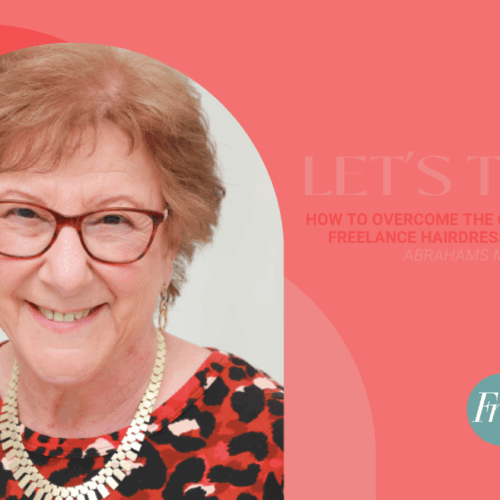So, how do you set your rates?
The best way to calculate a base rate is to factor in what your hourly operational costs are, and then add the product cost and percentage profit on top. For example, if your salon running costs are £25ph and your wage is £25ph, a 2-hour colour service with a product cost of £30 would be priced at £130 + your profit margin. Example £130 + 20% profit = £156.
This should be the bare minimum you charge.
From here, you can think about charging more if this particular service is something you are a specialist in, so people aren’t just paying for the cost to deliver, but they’re paying for your experience, skills and expertise.
Why do I need to add a profit to my rates though? Isn’t that unfair to clients?
Absolutely not. Here is why you need to factor in a profit: sick pay, holiday pay, new tools, repairs to the studio/salon, unexpected bills that crop up and education/upskilling – just to name a few!
Profit is the financial cushion that will keep you open and sustain your business should you hit a quiet period or – as we know all too well – we are forced to close due to a pandemic. It’s there to catch you when you need it. And if you don’t need it, then it’s there to buy the margaritas on the Christmas night out!
It’s also worth taking the psychology of pricing into consideration. Prices communicate a lot before your client even contacts you. They place a certain expectation on a product or service. What do you expect from a £50 handbag versus a £5000 handbag?
It’s important that you regularly evaluate and adjust your rates as needed; your prices should alter as your skills and experience grow, not just when the price of a tube of colour increases. It’s important to regularly evaluate and adjust your rates as needed to stay profitable and to build a sustainable career and business.
For related articles, click here





